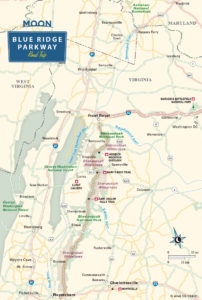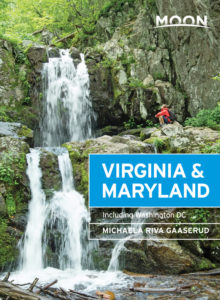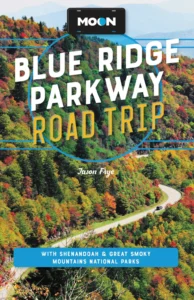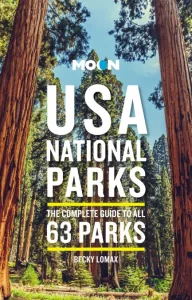Shenandoah National Park
Visiting Shenandoah National Park
One of the most popular national parks in the east, especially during the fall foliage season when seemingly everyone in the world descends on the place to leaf-peep, Shenandoah National Park protects some 300 square miles of hardwood forest along the northernmost crest of the Blue Ridge Mountains. Though the landscape looks natural now, the original forests were logged out and the landscape was heavily cultivated until the 1920s. During the Depression, when the depleted soils could no longer sustain the residents, thousands of farmers and their families moved out and the government began buying up the land to return it to its natural state.
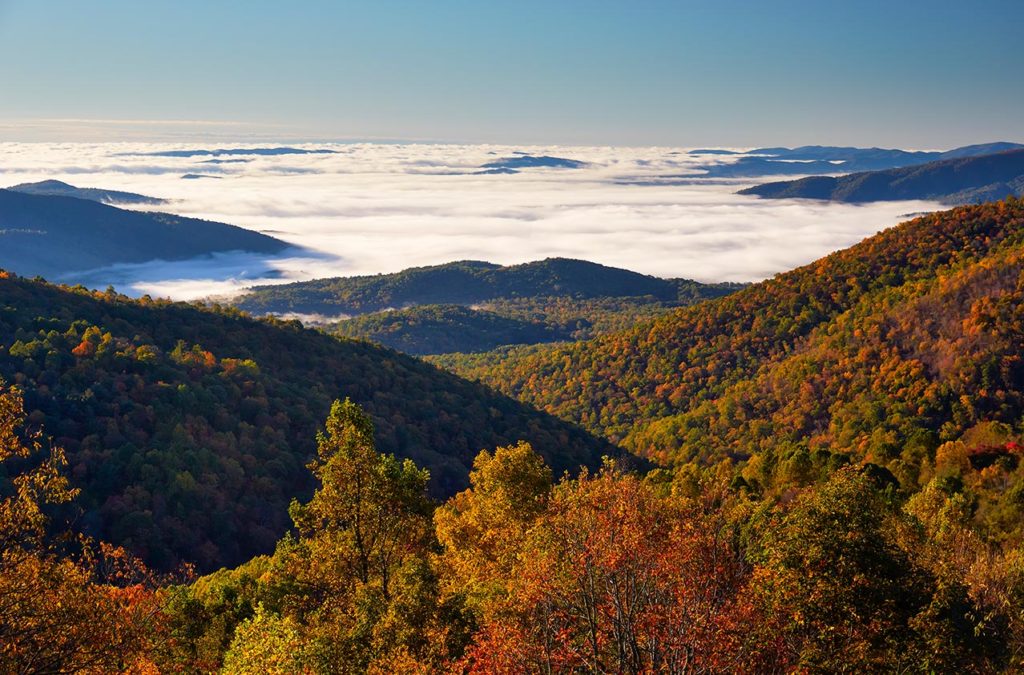
Most people experience the park from the top, by driving along the famously beautiful Skyline Drive. This road climbs up from the Shenandoah Valley but mostly runs along the crest, offering grand vistas (when the air is clear, at least). Besides the hardwood forests, the park also protects numerous waterfalls, wildflower meadows, and understory plants like azaleas and mountain laurels, which bloom brightest in late spring.
There is considerable development in the park, with rustic lodges and cabins and enough gas stations and restaurants and campgrounds to handle the thousands of visitors who flock here (especially in October for the autumn foliage). Despite the crowds, it’s not hard to find peace and quiet, especially if you venture off on even the briefest of hikes.
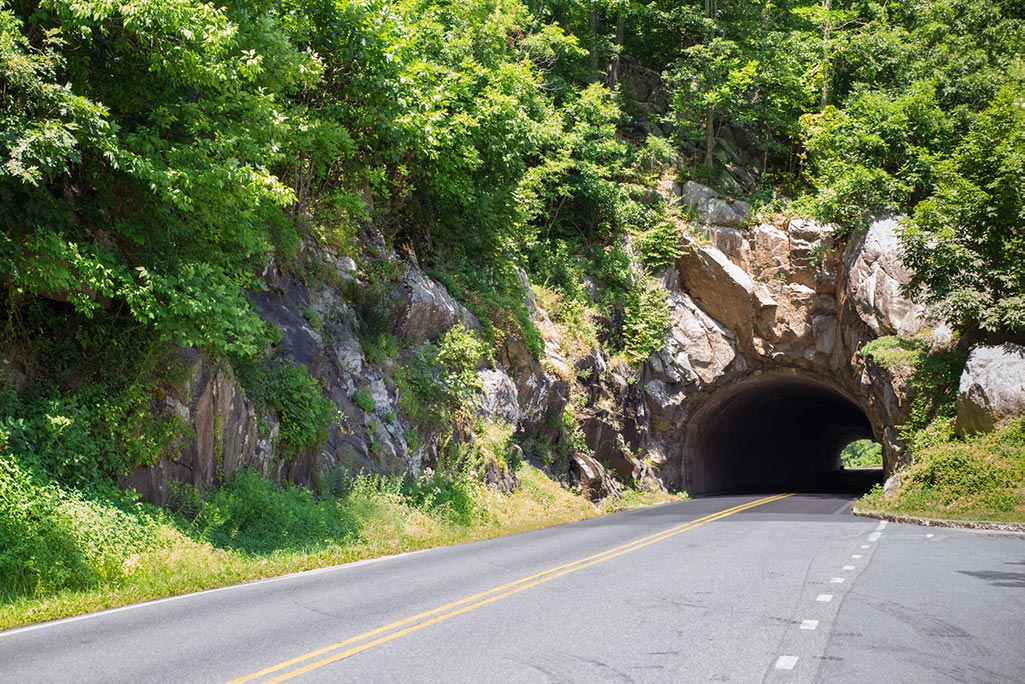
There is a ranger station at each entrance to the park, where you pay your $30 per car fee (or show your annual parks pass). There’s a visitors center (540/999-3500) at each end of Skyline Drive. Trails at Big Meadows lead past herds of tame deer to Dark Hollow Falls, which drops 70 feet over greenish volcanic stone. The Big Meadows Lodge was built in 1939 and retains its cozy feel. There’s another lodge to the north, at Skyland (milepost 42), the highest point on Skyline Drive. There are full-service restaurants at both lodges; all food and lodging (and most everything else in the park) is managed by a private concession, DNC Parks & Resorts (877/847-1919).
Luray Caverns
Halfway through Shenandoah National Park, US-211 runs west down to Luray Caverns (540/743-6551, daily, $30 adults, $15 children), the largest and most impressive in the eastern United States—there are 64 acres of caverns to explore. It also boasts the “World’s Only Stalacpipe Organ,” where rubber mallets make music by banging on the stone stalactites. There’s also a large antique car museum and the Luray Valley Museum (included in caverns admission), and a garden maze ($10 adults, $7 children).
Near the caverns, along US-211 a half mile west of town, the Luray Zoo (540/743-4113, daily Mar.-Oct., Wed.-Sun. Nov.-Feb., $12 adults) is an animal rescue center and zoo that’s home to a few hundred animals and one of Virginia’s largest collections of scaly creatures. Cobras, alligators, and lemurs coexist with uncommon birds, big cats, and cheerful, playful monkeys. For younger children, there’s also a petting zoo.
Related Travel Guides
Virginia Travel Maps
